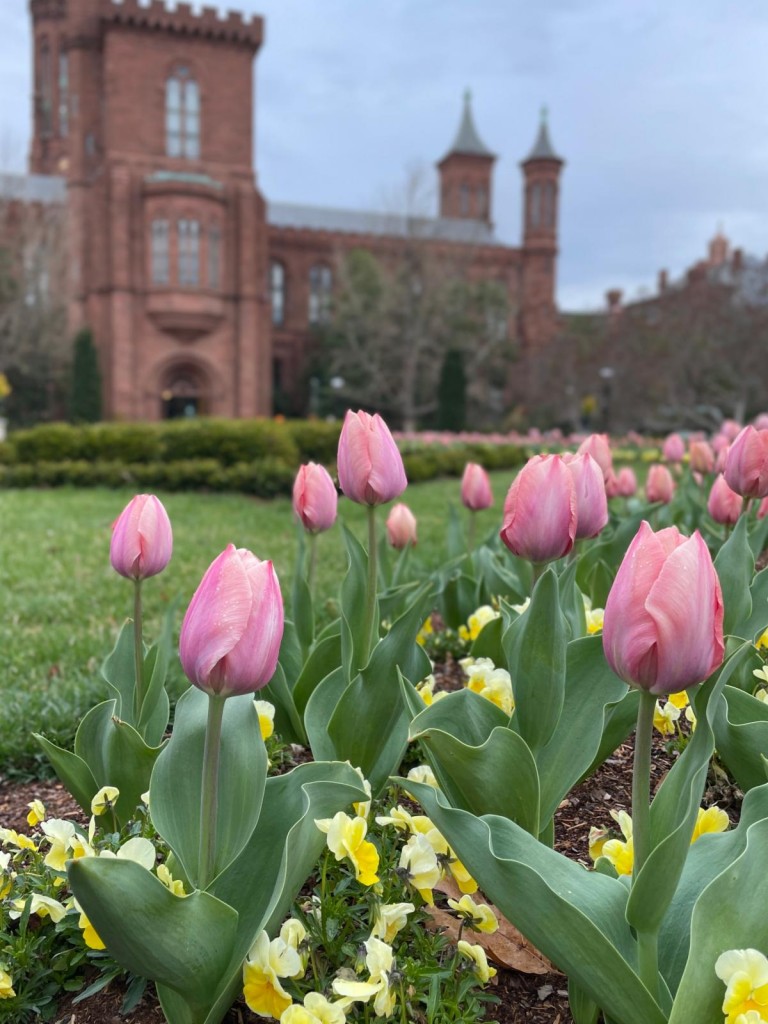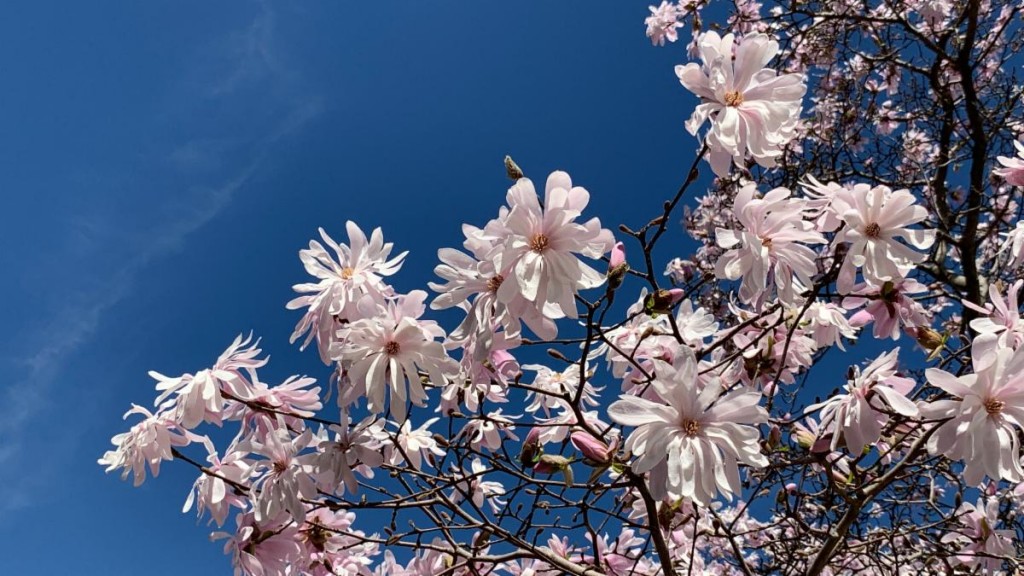Gardening Guided by Phenology
As gardeners we are often confronted with questions like “When is the best time to plant my tomatoes?” or “When is the right time to apply a pre-emergent for crabgrass control on my lawn?” Questions like these are frequently difficult to answer as there is often much variation in the spring weather from one year to the next if you simply use the calendar as a guide.
It is helpful and sometimes fun to take mental notes and compare from year to year how things progress through the season. Cyclical weather changes bring on natural events such as bird migrations, budding and eventual blooms on bulbs or perennials, flowering or fruiting of trees, and the emergence and arrival of insects.

These horticultural milestones, rather than precise calendar dates, better illustrate how the natural world works and how so many things—including natural events that are influenced by weather and climate–are interrelated.
For many centuries, farmers took their signs for planting times from nature. Today, we call this study of cyclic biological occurrences phenology. Here are some examples of phenology used by farmers and horticulturists.
- Plant potatoes when the first dandelion blooms.
- Plant peas when forsythia blooms.
- Plant beets, carrots, cole crops, lettuce, and spinach when lilac is in first leaf.
- Plant tomatoes when flowering dogwoods are at their peak.
Phenology is defined as the study of cyclical natural phenomena and events. Simply put, paying attention to nature’s timing can help guide you when to plant and harvest. Phenology can be more than just a hobby for gardeners; it can become a way of better connecting with our natural world.

Another tool that can help gardeners make planting and pest control decisions is the use of growing degree days (GDD). Similar to phenology, GDD helps to measure and mark natural cyclic occurrences that may change annually due to variations in temperature and climate. No two years are exactly alike and while we can estimate roughly when we think a natural occurrence may take place by looking at past years, GDD provides a more precise way to calculate and predict when life stage changes will take place.
Growing degree days are a type of recordable heat unit used to measure changes in both plant and insect lifecycles. GDD is calculated by subtracting the plant’s lower base or threshold temperature of 50°F from the average daily air temperature in °F or °C (max temp – minimum temp/2). There are plenty of programs out there that will help calculate or keep track of your local GDD so you don’t have to worry about complex calculations every time you want to know your current GDD number.
GDD numbers accumulate throughout the season and reset at the beginning of each year. These numbers have been studied alongside phenological dates for plants and insects and found that there is great repeatable accuracy of GDD ranges to yearly biological events. This has enabled scientists to figure out how to accurately predict when certain natural events are going to occur depending on their GDD number.
| Let’s look at some examples: |
 |
In this case you can see that the first bloom of Star Magnolias and the first egg hatch of Eastern tent caterpillars will occur around the same time, according to their GDD. And that Emerald Ash Borer adults will emerge around the same time that False Blue Indigo puts out its first flowers. The GDD numbers may seem a bit confusing until you realize that they chart accumulated heat units, not days of development.
GDD information for plants and pests is readily available online through extension office newsletters and pest/plant profiles. In the D.C. region we often refer to pest predictive calendars such as the one provided by the University of Maryland Extension.
Both phenology and GDD are great tools for gardeners and horticulturists to help make decisions regarding planting times and when to look for pests in the landscape. These tools help to connect your garden to the wider world and can be used to better understand how human activity is affecting life on earth due to climate change, pesticides, pollution, and the introduction of invasive species. The effect of these activities can disrupt the synchronization of ecosystems and have a noticeable impact on habitats, food webs, degradation of species diversity, and ecosystem services. By monitoring and measuring phenological events, we can begin to have a greater understanding of these effects and anticipate what changes we might see in the future.


